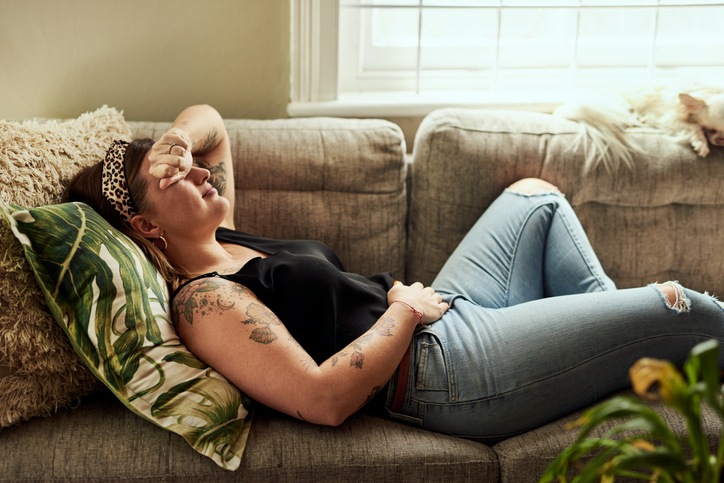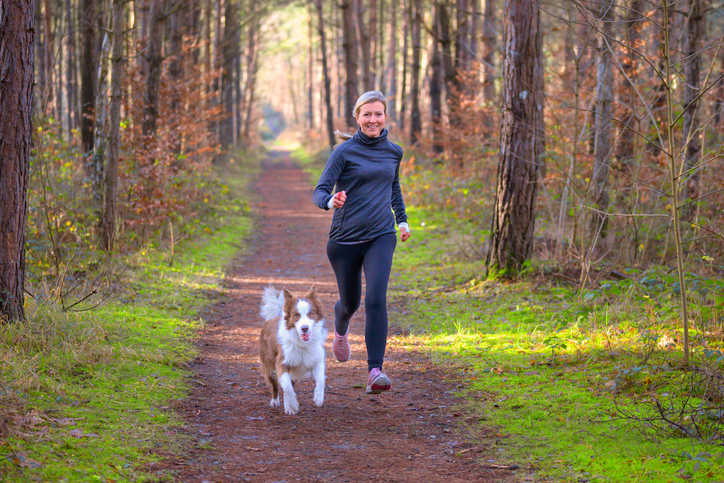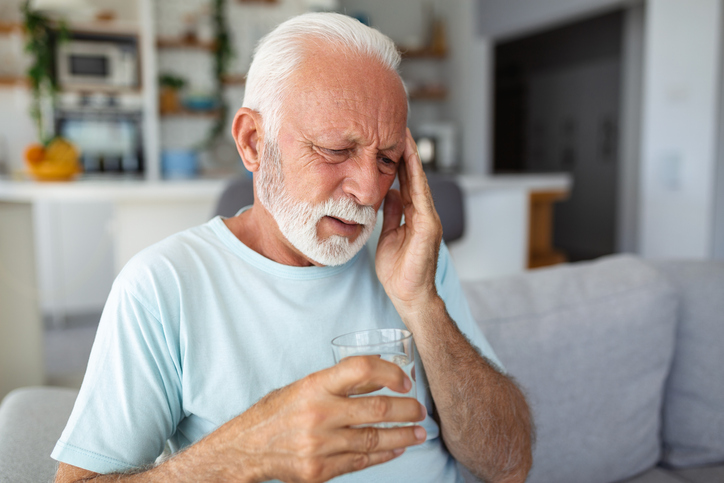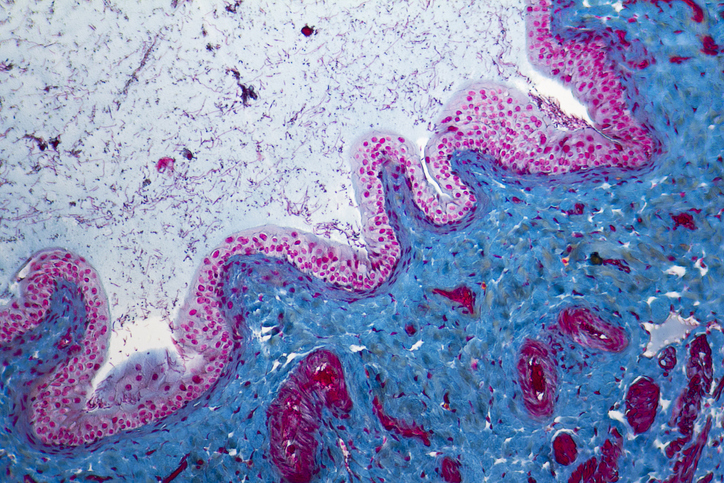
About 10% of the population lives with chronic widespread pain (CWP). The musculoskeletal disease is more common among women than men. Since female sex is associated with persistence in CWP, researchers recently evaluated women’s experiences with their journey to CWP.
For this study, researchers focused only on middle-aged women, so 19 women aged from 45 to 67 years were included. Women who did not report CWP in the EPIPAIN survey in 1995 but did in 2016 were eligible for inclusion. Individual interviews were conducted to collect data using open-ended questions. All participants were asked the same open-ended questions:
- What does pain mean to you?
- How do you experience your pain?
- Can you describe how your pain has developed over the last 20 years?
- How did your pain change over time?
- Have you experienced any important events that have influenced the development of your pain?
Follow-up questions were also used when appropriate; these included, “Please tell me more,” “How do you mean?” and “What do you have in mind when you say …?”
Pain From the Patient Perspective
Based on the responses, the authors identified three different categories of the women’s CWP journeys:
- Experiencing that environmental circumstances affect the pain journey (factors that the women could not directly control, like unmanageable work-related requirements, lack of social support, unfavorable environments, and traumatic events)
- Experiencing that lifestyle affects the pain journey (events the women consciously or unconsciously carried out, such as various levels of physical effort and unfavorable behaviors)
- Experiencing that personal attributes affect the pain journey (characteristics regarding an anxious state of mind and adverse biological impact)
As far as work requirements, one woman said the gradual onset of her hip and shoulder pain was due to her physically demanding job. One woman said, “… sometimes I actually feel more pain (when I’m off), but I think that is maybe because I relax, then I feel it even more …”
In terms of lack of social support, one woman said how CWP affects her perceived role as a woman: “… as a woman one thinks that I’m going to manage this, I’m going to take care of the children, I’m going to take care of our home and everything carries on and one just doesn’t think of oneself. // One has to be there and lend a hand and be obliging for everybody, as it were.”
When discussing unfavorable environments, one woman said her pain is worse in hot weather.
One woman talked about how her anxiety affects her pain: “Then if I get more worried or like this when it, yes if I just think about the children and things like that, if I say the grandchildren and when it’s something with them and I get stressed, then I get more tense and then feel more pain in my shoulders and my back …”
Reporting in BMC Musculoskeletal Disorders, the study authors concluded, “This study thus confirms the complexity of individual pain progress and highlights the individual’s awareness of this complexity, which is important to consider when introducing interventions, and when expecting compliance to interventions. Furthermore, the implications of this study are that there is still work to be done when it comes to which preventive actions can be taken in society, such as improving work-related conditions and attitudes within health care services in relation to people with CWP.”







 © 2025 Mashup Media, LLC, a Formedics Property. All Rights Reserved.
© 2025 Mashup Media, LLC, a Formedics Property. All Rights Reserved.